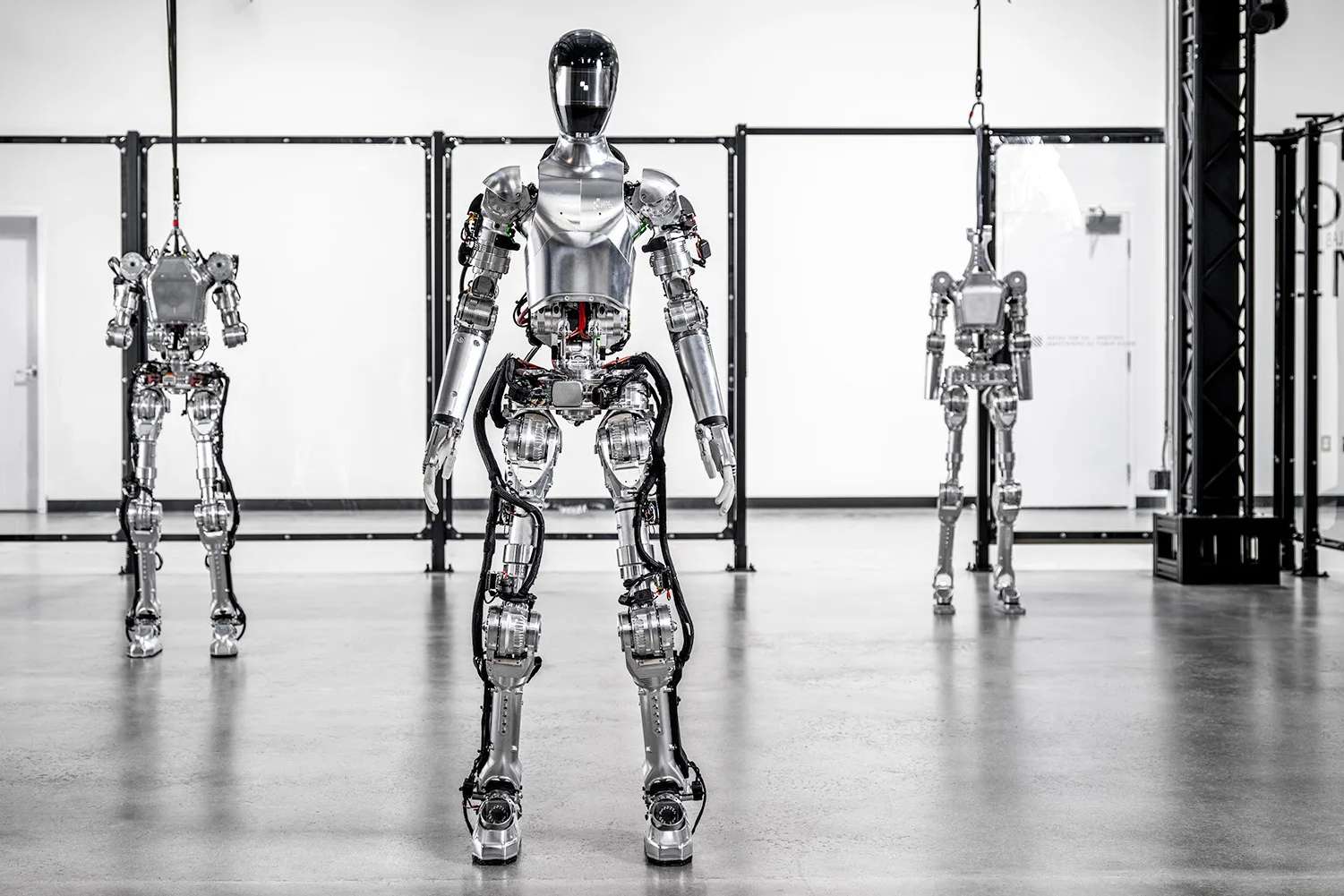Better Dividend Stock to Buy and Hold for the Next 10 Years: Home Depot vs. Nike

Key Points
Both companies have growing dividends with long track records.
Home Depot may be facing a challenging housing market, but Nike's business is getting crushed as management attempts to turn things around.
Valuation is the deciding factor, making one stock a clear winner over the other.
Dividend investors, who look for a steady stream of growing income, often gravitate to brands with staying power. Home Depot (NYSE: HD), the largest home improvement retailer, and Nike (NYSE: NKE), a leader in athletic apparel, both fit that description. Additionally, each business throws off cash and returns capital to shareholders, paying dividends for years.
Both stocks are having a tough year, so it's a good time to compare them. Which is the better buy today?
Where to invest $1,000 right now? Our analyst team just revealed what they believe are the 10 best stocks to buy right now, when you join Stock Advisor. See the stocks »
Home Depot: Resilient profits
With the help of a 2.2% increase to its dividend in late February to $2.30 per share, or $9.20 annually, Home Depot's dividend yield currently sits at 2.4%.
But what about the underlying business? In its second quarter, sales rose 4.9% year over year. Earnings per share, however, contracted slightly. The key profit figure was $4.58 -- down from $4.60 in the year-ago period. While these figures aren't great, they're not bad for what Home Depot CEO Edward Decker called "a bit of a frozen housing market."
Eventually, however, the housing market will turn positive. When homebuying and selling, as well as new home starts, finally begin picking up, Home Depot stands to benefit. It could see not only faster sales growth, but also operating margin expansion.
Still, even in this tough housing market, Home Depot is guiding for full-year sales growth of 2.8% and an operating margin of 13%.
This profitability provides good support for the company's dividend. The company's payout ratio, or its dividend as a percent of earnings, is just 62%.
Helping make up for its slow growth during this stagnant housing market, the stock trades at an attractive valuation (26 times earnings as of this writing) for a disciplined market leader.
Nike: A long history of dividend growth
Nike has increased its dividend for 23 consecutive years. The board lifted the quarterly payout to $0.40 ($1.60 annually) last November, an 8% hike. This gives the stock a dividend yield of 2.3%.
While Nike's dividend yield has historically been well supported by strong earnings, the company has faced challenges recently. In fiscal 2025 (ended May 31), revenue declined 10% and earnings per share fell 42% year over year to $2.16 as the company leaned on discounts. That puts Nike's payout ratio around 73% based on last year's earnings -- still solid, but tighter than Home Depot's and more dependent on a rebound. Early fiscal 2026 results (the quarter ended Aug. 31) showed revenue up 1% year over year and earnings per share of $0.49 (down 30%), with gross margin down 3.2 percentage points as the company works through its turnaround. This decline in profitability pushed the company's payout ratio even higher to about 81%.
Although Nike is an iconic brand likely to stand the test of time, the company's recent challenges have been significant, making it crucial that its turnaround efforts prove successful. Additionally, shares arguably aren't cheap enough to fully account for the company's challenges and risks -- at least when compared to Home Depot's valuation. Nike currently commands a price-to-earnings multiple of about 35 -- a far richer price tag than Home Depot despite more earnings variability and greater uncertainty.
Both companies are high-quality, scaled businesses with long track records of rewarding shareholders. And there are risks for both. A prolonged housing slowdown could weigh on big-ticket projects at Home Depot, while Nike faces margin pressure from discounting, tariffs, and evolving consumer tastes in key markets. Ultimately, over a 10-year horizon, Home Depot looks like a better investment.
With Home Depot, investors get a slightly higher yield today, a lower payout ratio that leaves breathing room, and a lower price-to-earnings ratio. Put simply, Home Depot asks less of the future to justify the current dividend and its growth. Nike may very well reaccelerate as its product pipeline and channel strategy regain traction, but the story is more dependent on a major turnaround plan succeeding.
For investors choosing between the two for the next decade, Home Depot is probably the better dividend stock to buy and hold.
Should you invest $1,000 in Home Depot right now?
Before you buy stock in Home Depot, consider this:
The Motley Fool Stock Advisor analyst team just identified what they believe are the 10 best stocks for investors to buy now… and Home Depot wasn’t one of them. The 10 stocks that made the cut could produce monster returns in the coming years.
Consider when Netflix made this list on December 17, 2004... if you invested $1,000 at the time of our recommendation, you’d have $663,905!* Or when Nvidia made this list on April 15, 2005... if you invested $1,000 at the time of our recommendation, you’d have $1,180,428!*
Now, it’s worth noting Stock Advisor’s total average return is 1,091% — a market-crushing outperformance compared to 192% for the S&P 500. Don’t miss out on the latest top 10 list, available when you join Stock Advisor.
*Stock Advisor returns as of October 7, 2025
Daniel Sparks and his clients have no position in any of the stocks mentioned. The Motley Fool has positions in and recommends Home Depot and Nike. The Motley Fool has a disclosure policy.






.jpg)
